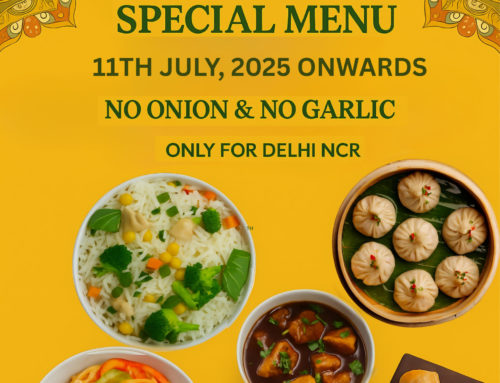One of the most important aspects in determining taste is the sauce when it comes to Chinese food. Any meat, seafood, noodle or rice transform from plain to fantastic by the use of the sauce. Different sauces are used in each regional cuisine in China and here we will discuss some of them.
Sweet Sauces
-
Sweet Bean Sauce :
You will know what sweet bean sauce is if you have had Beijing Roast Duck. The colour of Sweet Bean Sauce is dark brown and it has a thick paste consistency. In Northern China, it is very popular. It tastes sweet as its special fermentation process includes glucose. The top Chinese restaurants in Kolkata use this sauce in the preparation of their different food items.
-
Hoisin Sauce :
The look and taste of Hoisin Sauce, which is not very thick, is fairly similar to that of Sweet Bean Sauce. In the preparation of dishes special to Southern China, it is used. As a dipping sauce, it is also very popular.
Savoury Sauces
-
Soy Sauce :
From the 2nd century AD China, Soy Sauce is being used and to all parts of East Asia, it has eventually spread for use in cooking and as a condiment. In Chinese cooking, especially in stir-fries, it is very common nowadays.
-
Oyster Sauce :
In the late 1800s, Lee Kam Sheung in Guangdong invented Oyster Sauce. While making oysters in boiling water, he left them there for too long. He found the soup to be brownish and has a fragrant aroma when he lifted the lid. Oyster sauce has a much thicker consistency compared to soy sauce and is used by Chowman, an authentic Chinese restaurant in Kolkata, in cooking to add savoury flavours to a dish.
-
Sesame Paste :
There is a thick consistency similar to peanut butter in Sesame Paste, one of the most popular fragrant flavouring in China. There are two types of sesame paste made from roasted sesame seeds.
Sour Sauces
-
Black Vinegar :
In China, Black Vinegar is most commonly found, though there are many different kinds of vinegar. This sauce is found on the tables of most Chinese restaurants to add flavour to noodles, rice and dumplings. The colour of it is inky black.
-
Rice Vinegar :
White Rice Vinegar is distinct in colour, ingredients and taste, though it is similar to its black counterpart. In comparison to black vinegar, white rice vinegar tends to be more acidic but milder in taste.







